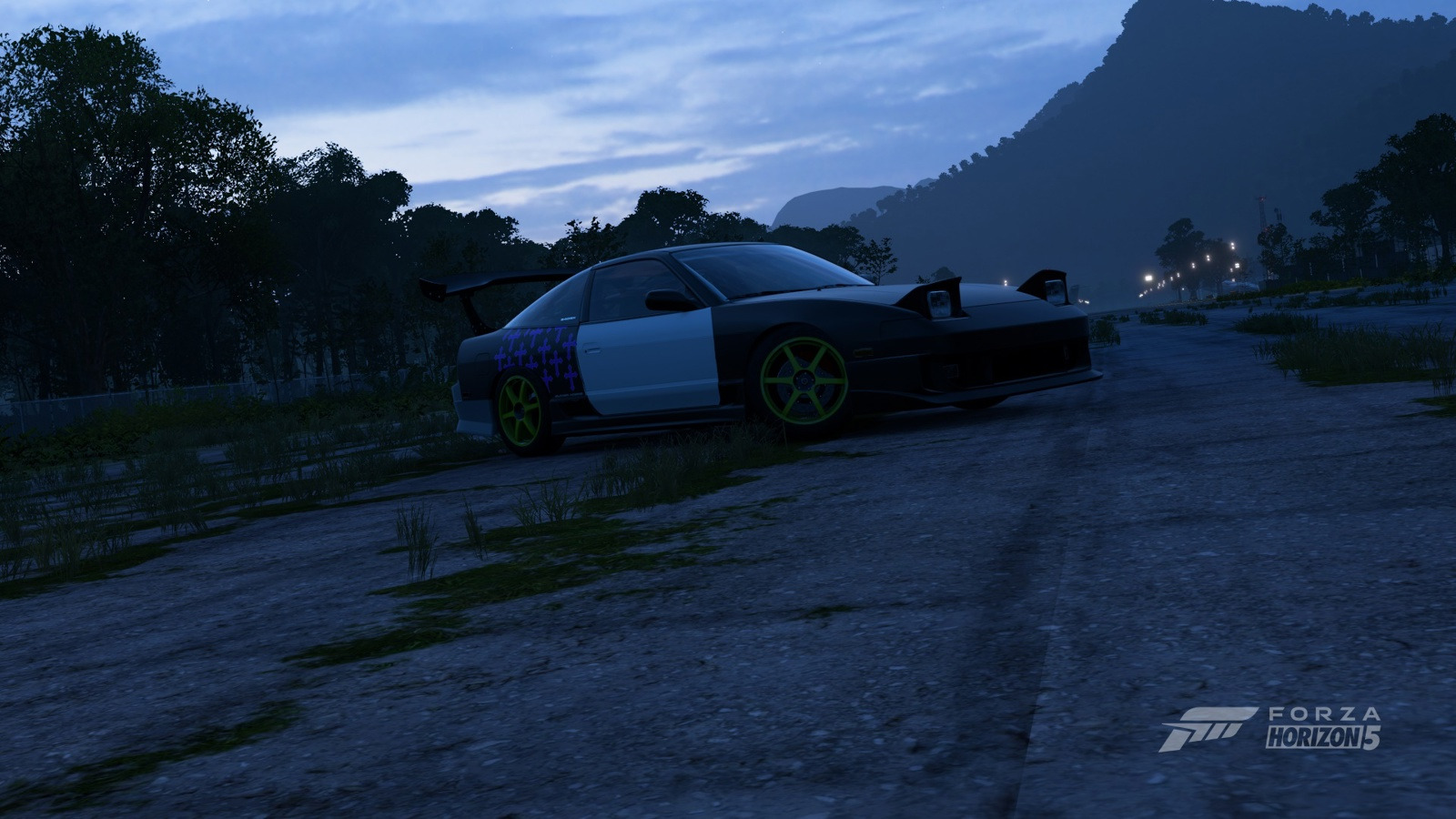Drifting is an exhilarating motorsport discipline that combines skill, precision, and creativity. For those who are eager to embark on this thrilling journey, selecting the right vehicle is paramount. But with an array of choices available, how do you discern which are the best beginner drift cars? This guide aims to unravel the enigmatic world of drifting by reviewing various models and outlining the essential attributes that make them suitable for novices.
Before diving into specific vehicles, it’s important to understand the fundamentals of drifting. At its core, drifting involves intentionally oversteering the car, causing the rear tires to lose grip while maintaining control through a corner. This art form requires not only the right car but also patience and practice. Therefore, a beginner drift car should ideally strike a balance between affordability, availability of parts, and ease of handling.
Key Characteristics of Beginner Drift Cars
The first step in choosing a car is identifying the quintessential characteristics that make a vehicle adept at drifting. Here are several vital factors to consider:
- Rear-Wheel Drive (RWD): Most drift enthusiasts agree that RWD is the optimal configuration for drifting. This setup allows power to be sent to the rear wheels, facilitating controlled slides.
- Lightweight Frame: A lighter vehicle is easier to maneuver. It allows for quick weight transitions, which is crucial when initiating and sustaining drifts.
- Bolstered Suspension: An enhanced suspension system can improve the rigidity and stability of the car, which is essential during aggressive cornering.
- Robust Performance Parts: The availability of aftermarket components plays a significant role in tuning the car for drifting. This can include modifications to the engine, differential, or brakes.
- Affordability: New drivers should consider vehicles that won’t break the bank. Drifting can inherently lead to wear and tear, especially for beginners.
Top Picks for Beginner Drift Cars
With the prerequisites in mind, let us delve into a selection of ideal beginner drift cars that embody these characteristics.
Nissan 350Z
The Nissan 350Z is an iconic sports car that has become a favorite among drift beginners and professionals alike. With a potent V6 engine and a lightweight chassis, it offers an impressive balance of power and handling. The aftermarket support for the 350Z is robust, meaning that upgrading suspension or adding performance parts is straightforward. Moreover, the vehicle’s overall dynamics make it forgiving for novices learning the ropes.
Ford Mustang (Fox Body)
The Fox Body Mustang (produced between 1979-1993) is often revered in the drifting community for its affordability and RWD configuration. It boasts a solid build and plenty of torque, making it easy to initiate drifts. The mustang’s popularity ensures that parts are widely available, and the extensive tuning community surrounding it can provide valuable insights for new drivers.
BMW 3 Series (E30 or E36)
The BMW 3 Series, particularly the E30 and E36 models, have a cult following in the drift world. Their balanced weight distribution and rear-wheel drive make them excellent candidates for drifting. These models often come equipped with a respectable inline-six engine, providing ample power to maintain drifts. Additionally, the car’s design allows for significant modifications, making it a versatile platform.
Mazda RX-7
For those who seek something a bit more unique, the Mazda RX-7’s rotary engine is a delight. Light and nimble, the RX-7 is cherished for its exceptional handling dynamics. The weight distribution is also a noteworthy trait, allowing for smooth drifts. However, it’s worth noting that the rotary engine requires a certain level of care and maintenance, which can be a valuable learning experience for budding drifters.
Subaru BRZ / Toyota GT86
The Subaru BRZ and its twin, the Toyota GT86, have garnered attention for their remarkable blend of affordability and fun-to-drive characteristics. With a low center of gravity and a perfect balance, these cars are engineered for precision and agility within corners. The responsive handling provides an ideal learning platform for drifting, allowing new drivers to experiment without overwhelming them.
Preparing to Drift
Choosing the right vehicle is only the beginning of your drift journey. Adequate preparation and understanding of the mechanics of drift driving are crucial. Here are some tips for aspiring drifters:
- Invest in Proper Tires: Tires are crucial when it comes to drifting. Whether you prefer all-season tires or ones specifically designed for drifting, make sure they provide a good balance of grip and slip.
- Learn Basic Drifting Techniques: Start with the fundamentals such as the clutch kick, handbrake turns, and weight transfer exercises. Practice in a safe environment.
- Consider Professional Training: If you’re serious about drifting, consider taking professional lessons. Experienced instructors can provide invaluable insights and safety tips.
Embrace the Drift Culture
Beyond the mechanics and techniques of drifting lies a vibrant community. Engage with fellow enthusiasts through forums and social media groups, attend local events, and participate in track days. The camaraderie and shared passion for drifting can exponentially enhance your experience and learning curve.
In summary, selecting the appropriate beginner drift car sets the stage for an engaging adventure. With the right vehicle, preparation, and mindset, newcomers can embrace the exhilarating world of drifting with confidence. Remember, the path to mastering this art takes time, but with persistence, the rewards are endless. So grab your keys, find a practice area, and prepare for the thrill of the slide!
